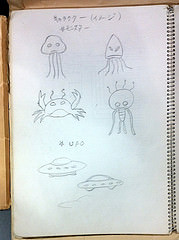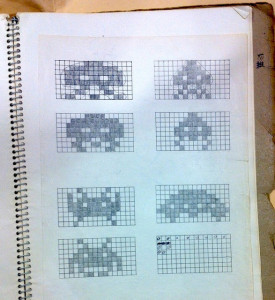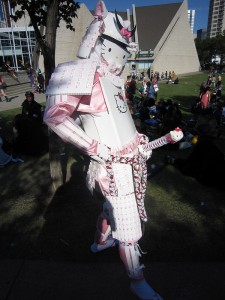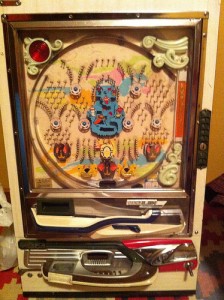How are Japanese demographics, attitudes towards sexuality and marriage, and gaming connected?
I decided I should check my assumptions about an aging Japan and looked around for some data and articles. One interesting study I came across, from Goldman Sachs, is titled Womenomics 3.0: The Time is Now (PDF). The report has information about birth rates and dependency ratios. They expect there to be a 2:1 ration of workers to dependents (children under 15 and the elderly over 65) by 2050. The report calls for initiatives that encourage more women to join (or stay in) the workforce.
On the subject on attitudes towards marriage and sexuality and how those are changing in Japan, I came across an interesting article in the Guardian titled, Why have young people in Japan stopped having sex? Once you get past the human-interest sex frame there is a nice summary of some of the statistics and issues. The article suggests that the declining interest in getting married, having relationships and having children is not just a matter of women who don’t want to give up their careers, but a larger trend amongst men and women. They suggest it may be occurring in other countries too, especially those hit by the recession.
The Guardian article led me to a report by Eberstadt titled Japan Shrinks about the implications of the drop in fertility rates. The author makes an intriguing aside to the effect that, “Remarkably enough, there is a near perfect correlation between the demise of arranged marriage in Japan and the decline in postwar Japanese fertility.” More importantly he lists some of the possible side effects of the changing demographics. For example, young workers leaving Japan in order to escape the burden of supporting the elderly.
What does all this have to do with games? Well, the Guardian article and others make a connection between the attitudes to relationships and the availability of virtual relationships. Eberstadt spells out a possible connection when he writes:
- In a recent government survey, one-third of boys ages 16 to 19 described themselves as uninterested in or positively averse to sexual intimacy.
- Young Japanese men are, however, clearly very interested in video games and the Internet: In 2009, a 27-year-old Japanese man made history by “marrying” a female video game character’s avatar while thousands watched online.
- Japanese researchers are pioneering the development of attractive, lifelike androids. Earlier this year, a persuasively realistic humanoid called Geminoid F was displayed in a department store window, appearing to wait for a friend.
One might also mention the thousand of dating sim games, ball-and-joint dolls, erotic porn, and other virtual substitutes for relations available in Japan for both men and women. To what extent are people worried that these games and virtual life-style options are part of the fertility problem (ie. the low rate of births)? Some of the discussion around otaku culture seems to focus on whether or not otaku are escaping into virtualized fantasies.





